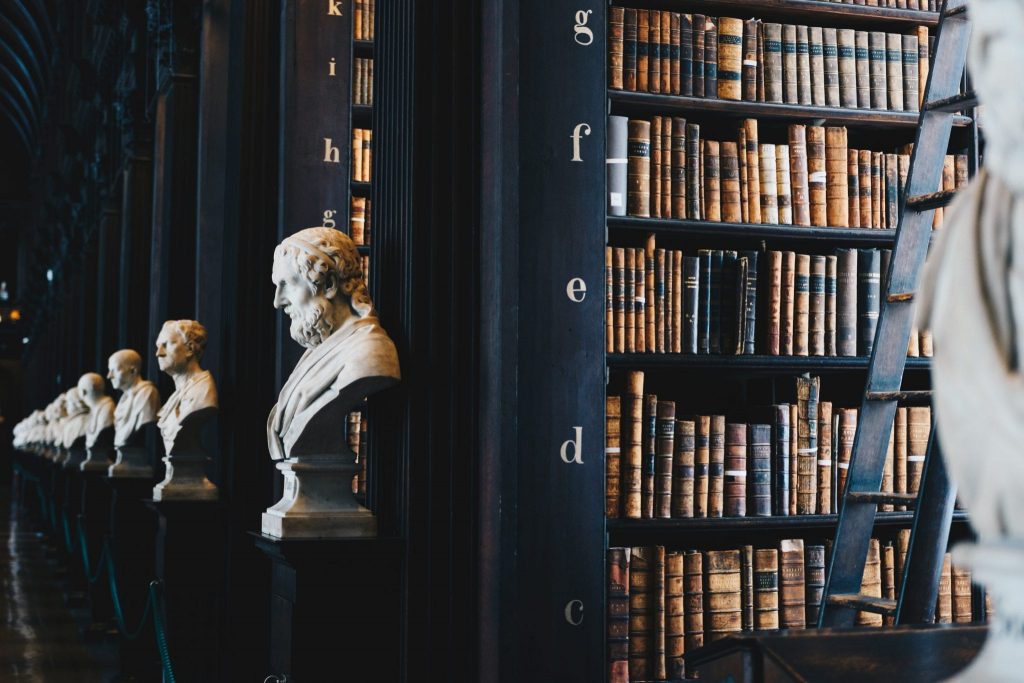
Copyright protection aims to protect artistic, literary, and musical works that have authorship.
The federal government (namely, Congress) is empowered to “promote the advancement of science and the useful arts by granting, for limited periods of time, the exclusive right to authors and inventors of their works and inventions”. Const. The United States, Article I, Section 8, Clause 8.
Congress passed several copyright laws in 1790, 1831, 1870, 1909, and 1976 years.
The 1976 law created a single, uniform protection system for any work in any particular form.
Federal law takes precedence over state law, which attempts to provide new copyright rights – United States Code of Laws, Sec. 301.
Copyright Protection Under the 1976 Act
This Act expands copyright protection to include “true works of authors expressed in any tangible form of expression … in which they can be perceived, reproduced or otherwise transmitted in any way”.
Examples of works subject to copyright protection include literary, musical, dramatic, choreographic, graphic, audiovisual, sound, and architectural works.
Computer programs are also subject to copyright protection.
This Statute provides protection from the moment of creation of a work for a period of up to 50 years after the death of its author. The author or copyright holder has the exclusive right to copy or exhibit this work.
Key concepts on which copyright is based include:
- expression,
- originality.
Copyright protection extends to the EXPRESSION of an idea, but not to the idea itself.
Copyright protection covers ORIGINAL expressions, but not expressions copied from others.
American courts have recognized that work is subject to copyright protection if its author has put his own sweat or true work into it.
As a result of the United States signing the Berne Convention, copyright protection no longer requires a copyright notice.
Copyright Infringement
Anyone who infringes on the exclusive right of the copyright owner is a copyright infringer and is subject to legal action for copyright infringement. For civil liability purposes, the violation does not have to be intentional.
To find a violation, the copyright owner must prove:
- that he owns the copyright
- and unauthorized copying.
Civil Remedies
Any court may impose an injunction, on conditions it deems reasonable, in order to prevent or contain copyright infringement.
The court may also seize, on such conditions as it deems reasonable, all copies that the copyright owner claims were made in violation of his rights.
The infringer of copyright is legally liable and may be subject to either:
- actual damage to the copyright owner and any additional profits of the infringer,
- or between $ 500 and $ 20,000, or up to $ 100,000 if the infringement was intentional.
The court may also, at its discretion, award payment of fees and costs to the winning party (excluding the government).
Criminal Punishment
Copyright infringement is a federal criminal offense if committed “intentionally” and “for the purpose of commercial gain or personal financial gain”.
An “intentional” violation is one that is committed voluntarily with the intent to violate a specific law.
Criminal penalties for copyright infringement usually fall on the misdemeanor level (no more than one year in prison), although there are more severe penalties for piracy of records on records and tapes.
Upon conviction of a criminal violation, the court must issue a decree, in addition to other penalties, to confiscate and destroy all illegal copies and all equipment that was used to make those infringing copies.
Picture Credit: Unsplash
